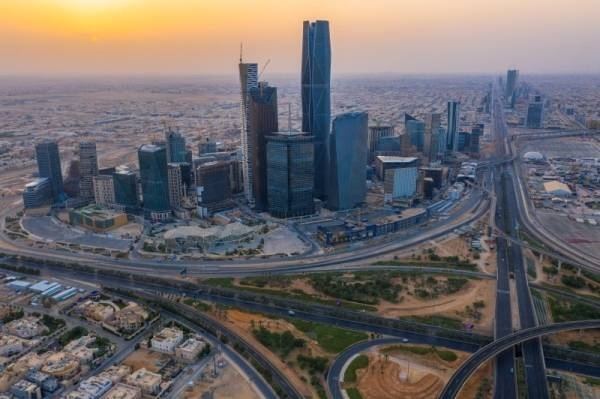In October 2024, Saudi Arabia’s annual inflation rate rose to 1.9 percent, the highest in 14 months, according to data released by the General Authority for Statistics (GASTAT). This increase was mainly driven by an 11.7 percent rise in housing prices, the highest pace since 2013. However, despite this increase, Saudi Arabia’s inflation rate remains one of the lowest among G20 countries. The GASTAT report also showed increases in prices of food and beverages, personal goods and services, jewelry, as well as restaurants and hotels.
One of the significant contributors to the rise in inflation was the increase in rents by 11.7 percent, which had the most substantial impact on the Consumer Price Index (CPI) as it accounts for a quarter of the relative weight. The housing, water, electricity, gas, and other fuels section also saw an increase of 9.6 percent. Additionally, the various personal goods and services sections rose by 2.3 percent, with an increase in jewelry, watches, and valuable antiques by 24.1 percent. Prices of the restaurants and hotels section also increased by 1.9 percent.
In contrast, the prices of home furnishings and equipment section decreased by 3.1 percent, with a particularly notable decrease in prices of carpets and floor coverings by 5.0 percent. The prices of ready-made clothing section also decreased by 5.1 percent, while transportation prices recorded a decrease of 3.1 percent, influenced by a 4.2 percent decrease in the prices of purchasing vehicles. According to the GASTAT report, the education section also saw an increase of 1.1 percent, mainly due to an increase in the prices of intermediate and secondary education fees by 1.8 percent.
The Consumer Price Index (CPI), which measures consumers’ prices for a fixed basket of goods and services consisting of 490 items, was selected based on the household income and expenditure survey conducted in 2018. Prices are collected through field visits to points of sale. The prices of food and beverages experienced a slight rise of 0.1 percent, driven by a 2.6 percent increase in vegetable prices. These findings provide valuable insights into the economic landscape of Saudi Arabia and the factors contributing to the inflation rate in the country.
In conclusion, Saudi Arabia’s annual inflation rate rose to 1.9 percent in October 2024, driven primarily by an increase in housing prices. Despite this rise, Saudi Arabia’s inflation rate remains one of the lowest among G20 countries. Various sectors such as food and beverages, personal goods and services, jewelry, as well as restaurants and hotels, also experienced price increases. Additionally, the prices of home furnishings and equipment, ready-made clothing, and transportation saw decreases. The data collected by GASTAT provides valuable information on the country’s economic landscape and the factors influencing consumer prices in Saudi Arabia.











